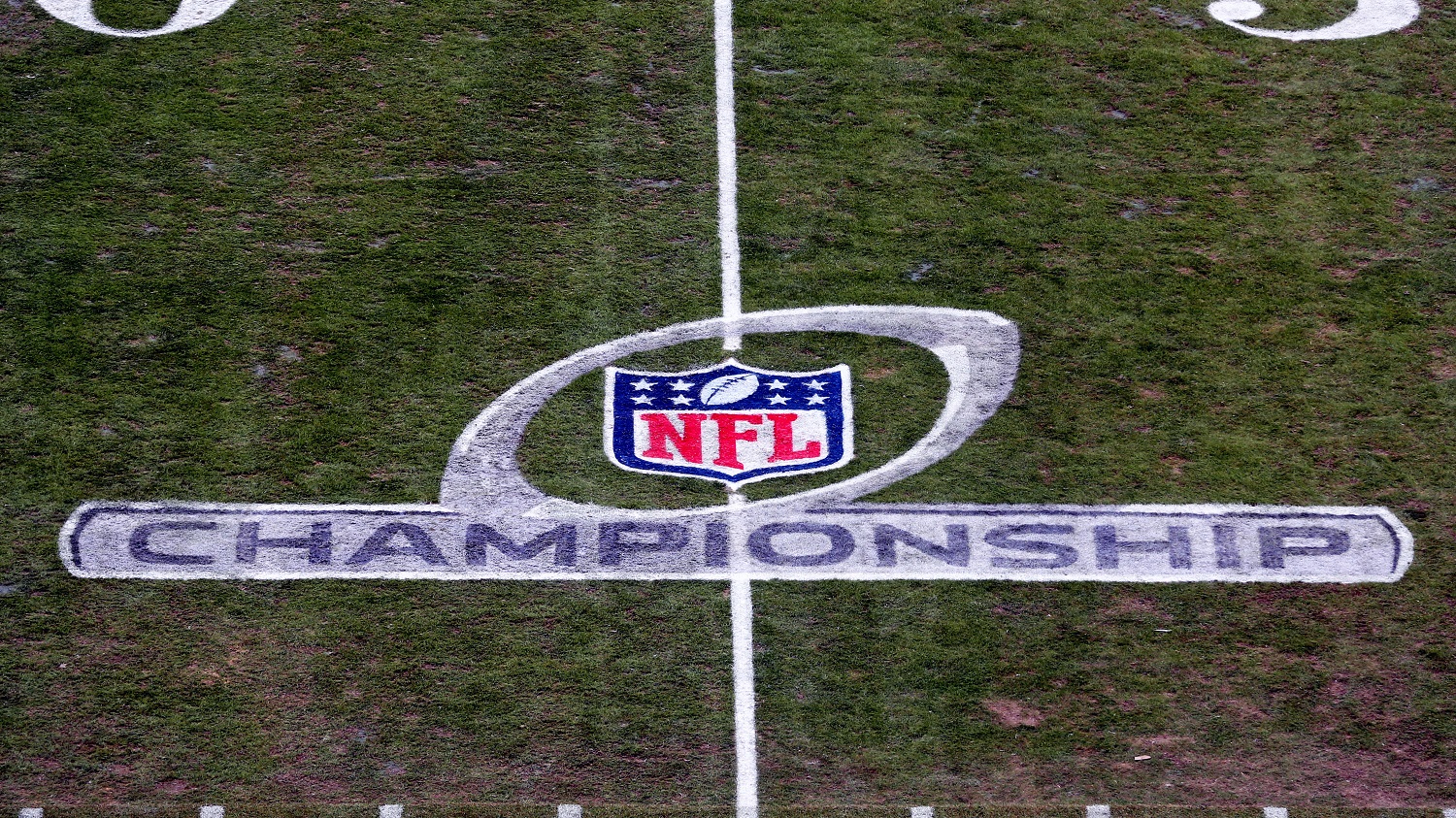NFL
Super Bowl 55 Can Trace Its Existence to the Most Bizarre NFL Championship Game Ever

When the Tampa Bay Buccaneers and Kansas City Chiefs take the field on Feb. 7, 2021, it will cap one of the strangest seasons in NFL history. The COVID-19 pandemic caused the preseason to be canceled and required multiple regular-season games to be rescheduled. Thus, Super Bowl 55 will send the sport to its offseason with the hope that normalcy returns in the fall. Then again, the very first NFL championship game was anything but normal.
The NFL didn’t play a championship game until 1932
RELATED: The Green Bay Packers Have Only Themselves To Blame For Losing the NFC Championship Game
Founded in 1920 in Canton, Ohio, the National Football League was a rag-tag operation that saw early growth stymied by the Great Depression. Teams came and went, and the championships were awarded to first-place finishers in the regular-season standings.
That was not possible in 1932. The Chicago Bears finished with a 6-1-6 record, and the Portsmouth Spartans were 6-1-4. Because ties were not calculated in winning percentages and the teams played to a deadlock in their two head-to-head matchups, the NFL was poised to crown co-champions.
However, with Portsmouth heavily in debt and the city enamored with the sport and star players Red Grange and Bronko Nagurski, the league allowed Chicago to host a tie-breaker game at Wrigley Field. A week after the regular season concluded.
However, cold weather was gripping the region ahead of the scheduled Dec. 18 showdown. Fearing that attendance would be affected by the temperature and snow, Bears owner George Halas proposed two days before the game to move the contest indoors to Chicago Stadium, according to the History Channel.
The building had hosted the political conventions of both major parties earlier in the year and was touted as the world’s biggest indoor arena. However, there were challenges, beginning with the dimensions of the field. The surface measured just 80 yards long and was also about five yards narrower than the outdoor field. In lieu of grass, dirt left over from a circus was put down on the concrete floor.
The game was not a sellout, but the turnout of 11,198 fans was undoubtedly better than they would have attracted at Wrigley Field in the cold and snow.
The Chicago Bears won the first NFL championship game
RELATED: John Elway Once Had His Super Bowl MVP Car Stolen
Given the short field dimensions, the teams agreed to adjust the rules. Kickoffs were conducted from the 10-yard line, field goals were banned, and one set of goal posts was available for extra-point attempts. When either offense crossed midfield, the ball was moved back 20 yards to help approximate an outdoor field.
The dirt surface was not conducive to running the football, and the smaller dimensions affected passing. By game’s end, there were more interceptions (eight) than pass completions (five). Several punts hit the building’s rafters or sailed into the balconies.
Chicago Bears running back Bronko Nagurski broke the scoreless tie early in the fourth quarter by pulling up on a rushing attempt and throwing the ball to Red Grange in the end zone. On the next possession, Portsmouth Spartans punter Faye “Mule” Wilson mishandled the snap, and the ball rolled through the end zone for a safety to complete the scoring in Chicago’s 9-0 victory.
The Bears, of course, would go on to be mainstays of the NFL under George Halas. The Spartans lasted one more season in Portsmouth, Ohio, after which they were sold and moved north to become the Detroit Lions.
The first NFL playoff game resulted in long-lasting rule changes
RELATED: There Was Once A Super Bowl So Weird A Losing Player Won MVP
Owners were quickly swayed by the financial success of the improvised 1932 NFL championship game hosted by the Chicago Bears. After the season, they split their teams into two divisions and agreed to make a season-ending playoff game a fixture on the schedule.
The Chicago Stadium game also inspired changes to the rules, some of which remain in existence. Most notable was the abolition of the rule that forward passes had to be thrown from at least five yards behind the line of scrimmage.
Also, the indoor game introduced the use of hash marks as a safety measure because sidelines space had been so tight. Plays ending less than 10 yards from the sidelines resulted in the ball being placed on the hash mark for the ensuing snap beginning in 1933.
Finally, goal posts were moved to the goal line, in part to encourage more use of the kicking game via field-goal attempts. The change lasted until 1974, when the goal posts were returned to the back of the end zone.
Like Sportscasting on Facebook. Follow us on Twitter @sportscasting19.











